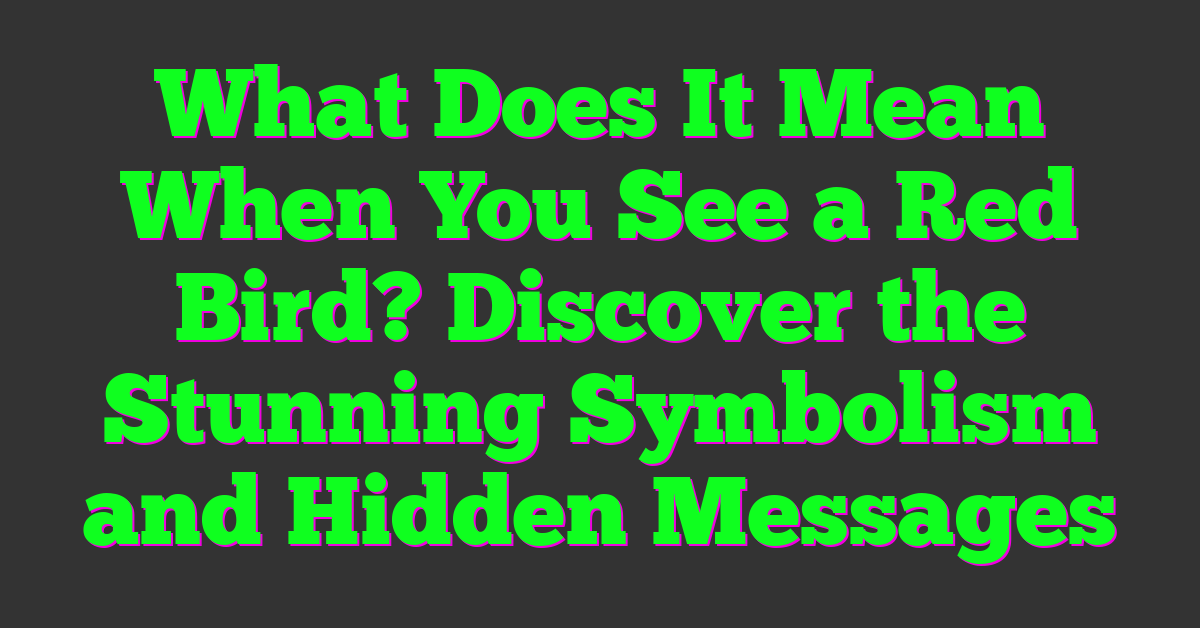Numbers have always held a special place in cultures around the world, and Scandinavian traditions are no exception. If you’ve ever been curious about the deeper meanings behind certain numbers in Nordic folklore or everyday life, you’re about to uncover some fascinating insights.
In Scandinavian cultures, numbers often carry symbolic weight beyond their simple math value. They appear in myths, rituals, and even in the way people view luck and fate. Exploring these meanings can give you a fresh perspective on the rich heritage and beliefs that shape the region’s identity.
Historical Context of Number Symbolism in Scandinavia
Number symbolism in Scandinavia dates back to ancient times, rooted deeply in the region’s cultural and spiritual traditions. Understanding its historical context reveals how numbers shaped beliefs and conveyed meanings beyond counting.
Origins and Early Influences
You find early signs of number symbolism in Scandinavia within runic inscriptions and ancient artifacts from the Viking Age (8th to 11th centuries). Numbers like three, nine, and twelve appeared frequently, carrying spiritual significance linked to life cycles, nature, and cosmic order. The influence of Germanic tribes and early animistic beliefs laid the foundation for numeric symbols representing balance and harmony.

Christianity’s arrival around the 10th century introduced new symbolic layers, blending with existing numerology. Yet, indigenous traditions persisted, creating a rich tapestry where numbers held meanings connected to fate, magic, and ritual.
Role in Norse Mythology and Folklore
You discover that Norse mythology embeds key numbers within its stories, gods, and sacred objects. The number three symbolizes completeness and power, seen in the three Norns who weave fate and the triad of Odin’s eyes, ravens, and wolves. Nine appears as a cosmic number, representing the nine realms of Yggdrasil, the world tree connecting all existence.
These numbers don’t just count; they communicate the structure and mysteries of the universe. Folklore uses numeric symbols to signal transitions, protection, and transformation. For example, three knocks at a door could ward off evil, while nine lives in myths express resilience and rebirth.
By grasping these numeric codes, you tap into the ancient wisdom that shaped Scandinavian culture’s worldview, giving you a deeper appreciation of its mystical heritage.
Key Numbers and Their Meanings
Numbers in Scandinavian cultures carry deep spiritual and mystical meanings. Understanding these key figures unveils aspects of cosmic order, fate, and sacred cycles engraved in Nordic wisdom.
The Significance of Number Three
You notice the number three symbolizes harmony and completeness. It appears in Viking myths—Odin’s three roots of Yggdrasil and the three Norns weaving fate. Triples often signify balance—mind, body, and spirit; past, present, and future. Many folk traditions use three repetitions for blessings or curses, emphasizing its magical power. You find that three connects earthly realms with divine forces.
Symbolism of the Number Nine
You recognize nine as a potent number tied to cycles and transformation. Odin hung on Yggdrasil for nine nights to gain wisdom, reflecting endurance and self-sacrifice. The nine worlds of Norse cosmology form a universe’s blueprint, symbolizing totality. Nine embodies mystery, renewal, and the completion of spiritual journeys in Scandinavian lore.
Importance of the Number Seven
You see seven as a bridge between the physical and spiritual. It marks sacred time periods like seven days in a week and is linked to luck and protection charms in Nordic folklore. Seven often appears in rituals and healing practices as a number invoking divine favor. It signifies introspection and the connection between humanity and unseen realms.
Number Symbolism in Scandinavian Traditions
Numbers carry deep symbolic weight in Scandinavian traditions, extending beyond simple counting to reflect spiritual beliefs and cosmic principles deeply rooted in the culture’s ancient worldview.
Use in Runes and Ancient Scripts
Runes serve as both communication tools and mystical symbols in Scandinavian heritage. Each rune corresponds to a letter and holds a numerical value tied to old alphabets like the Elder Futhark, which consists of 24 runes divided into three groups of eight, called ættir. You find recurring numbers, such as eight and three, woven into runic inscriptions, where eight denotes new beginnings or a journey’s completion, and three represents harmony and power. These numbers amplify the runes’ magical properties in divination, protection charms, and invoking specific energies. Their dual role as letters and numbers means you can interpret runic texts numerically, unlocking layers of hidden meanings linked to fate, destiny, and the supernatural forces shaping the world.
Representation in Art and Architecture
Numbers influence the forms and patterns you see in Scandinavian art and architecture. Triangular motifs and groups of three frequently appear in wood carvings, metalwork, and textiles, symbolizing balance and the unity of mind, body, and spirit. The use of nine or multiples of it shapes designs in ceremonial objects and structural components, echoing its mythic association with cosmic cycles and transformation. Viking longhouses and stave churches incorporate proportions reflecting sacred numbers to create spaces aligned with natural and divine laws. These numerical patterns offer you visual stories of spiritual truths, linking human creation to the rhythm of the universe through intentional, symbolic design.
Influence on Modern Scandinavian Culture
« Unlock the Hidden Power: The Symbolism of Number 14 Will Change How You See Life Forever
Unlock the Hidden Power of Number Symbolism in Indigenous Spiritualities – Discover What These Sacred Numbers Mean »
Number symbolism remains alive in modern Scandinavian culture. Its presence weaves through your festivals, rituals, and design, connecting ancient beliefs to your daily life.
Number Symbolism in Festivals and Rituals
Festivals and rituals in Scandinavia incorporate number symbolism to honor heritage and spiritual cycles. You find the number three recurring in festivities such as Midsummer celebrations, representing harmony and balance among earth, sky, and sea. The twelve days of Christmas reflect cosmic order and completeness, echoing Norse traditions linked to the number twelve’s power. Rituals often use nine candles or steps, invoking transformation and renewal tied to Odin’s ninefold journey. These numbers enhance the sacred atmosphere and help you connect with ancestry and fate during communal gatherings.
Impact on Contemporary Scandinavian Design
Contemporary Scandinavian design channels number symbolism subtly through form and structure. Triangular shapes, groups of three, and arrangements in sets of nine frequently appear in furniture, textiles, and architecture, creating visual harmony that resonates with ancient spiritual concepts. Designers integrate these numeric patterns to balance aesthetics with subconscious symbolism, lending your spaces both beauty and mystical significance. The minimalist style, often emphasizing simplicity, echoes the spiritual completeness associated with key numbers, linking modern function to time-honored meanings. Through design, you experience a continuation of the symbolic language once spoken by your forebears.
Conclusion
Exploring number symbolism in Scandinavian cultures opens a window into a world where numbers carry stories, magic, and meaning beyond what meets the eye. You can see how these ancient beliefs still shape traditions, art, and everyday life today.
By understanding these symbols, you connect with a rich heritage that blends the mystical with the practical. Whether in festivals, design, or folklore, numbers invite you to appreciate the deeper rhythms that have guided Scandinavian culture for centuries.




